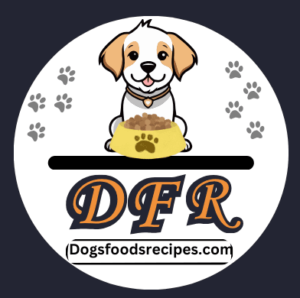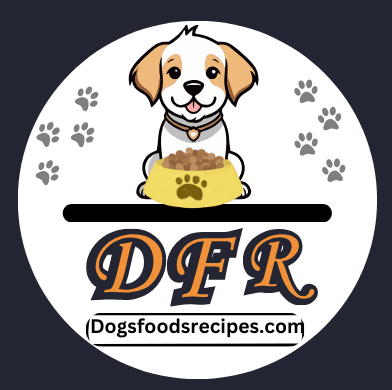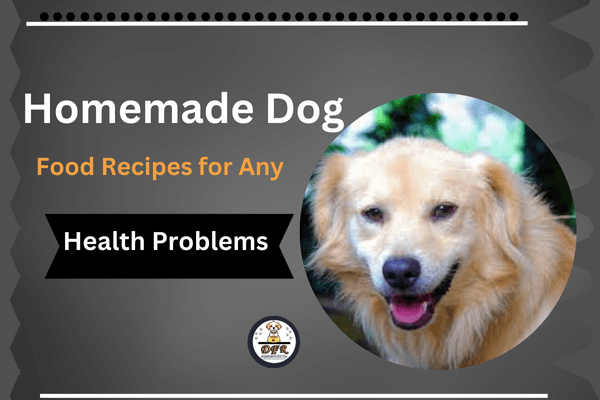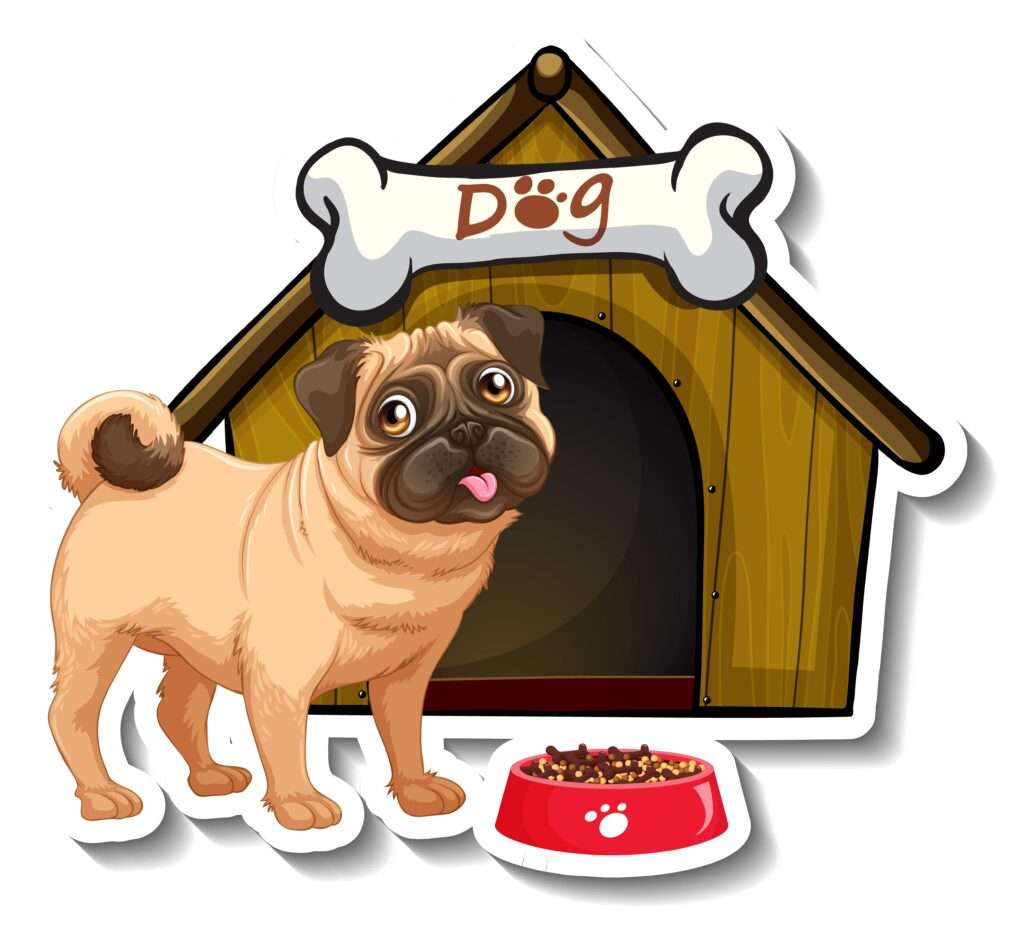If you’re looking for a nutritious, all-natural food source for your dog, venison might just be the perfect choice. Known for its lean protein and rich nutritional profile, venison has become a popular option for dog owners seeking healthy, wholesome alternatives to traditional meats like chicken or beef. In this updated guide, we’ll explore why venison is such a great choice, provide delicious venison recipes for your dog, and cover everything you need to know about incorporating this meat into your dog’s diet.
Why Venison for Dogs?
Venison is lean meat, it is high in quality protein and is less likely to cause allergies than other meats. Many commercial dog foods contain fillers and preservatives. but homemade venison meals can provide your pup a cleaner, more natural diet.
Benefits of Venison for Dogs
High Protein and Lean Meat
Venison is an excellent source of protein, it strengthens our dog’s muscles and also boosts his overall energy. Its low-fat content makes it ideal for dogs that need a leaner diet, such as those with weight management issues.
Essential Nutrients and Vitamins in Venison
Venison is rich in B vitamins, particularly B12 and B6, which play a vital role in your dog’s metabolism and immune system. Additionally, venison provides key minerals like zinc and phosphorus, supporting everything from bone health to immune function.
Venison for Dogs with Allergies or Sensitive Stomachs
If your dog suffers from food sensitivities, venison is a great alternative to other meats like chicken and beef because venison frequently used in commercial pet food is to provide protein which means our dog likes this food. It will also improve his health and build muscles
Is Venison Safe for Dogs?
Cooked Venison vs. Raw Venison
While some dog owners opt to feed raw venison to their dogs, cooking the meat reduces the risk of harmful bacteria. However, raw feeding advocates argue that dogs can handle raw meat if it’s properly sourced and handled.
Safe Practices for Handling Venison Meat
Whether the deer meat is raw or cooked, make sure that the deer meat is safe or not because when we hunt the deer, it may be contaminated with pathogens, so before you give it to your dog, Freeze any venison to kill potential pathogens before serving it to your dog.


How to Incorporate Venison into Your Dog’s Diet
Balanced Portions for Different Dog Sizes
Feeding is an important factor in balancing our dog’s health, so you should make sure that you are feeding your dog a good amount based on their size. For small dogs, a little venison mixed into their kibble may suffice, while larger dogs can handle full venison-based meals.
Frequency of Venison Meals
Venison should be offered as part of a varied diet to ensure that your dog gets all the necessary nutrients. Aim to incorporate it into your dog’s meals a few times a week rather than every day.
Top 5 Venison Recipes for Dogs [Updated]
1. Venison and Sweet Potato Delight
This simple recipe combines lean venison with sweet potatoes, providing an excellent balance of protein and healthy carbohydrates.
2. Venison Stew with Carrots and Peas
A slow-cooked venison stew is not only delicious but also easy for dogs to digest. The carrots and peas add fiber and vitamins.
3. Venison Jerky Treats for Dogs
Venison jerky is a great snack for dogs, perfect for training treats or just rewarding good behavior.
4. Venison Patties with Brown Rice
Brown rice provides the perfect complement to venison in this recipe, giving your dog a balanced meal that’s rich in protein and fiber.
5. Venison and Pumpkin Casserole
The combination of venison and pumpkin offers a low-fat, high-nutrient meal that’s especially good for dogs with digestive issues.
Venison for Dogs with Special Dietary Needs
Venison Recipes for Dogs with Allergies
If your dog has any allergies, venison can act as a lifesaver for your dog. The recipes provided are free from common allergens like soy, wheat, and corn, ensuring your dog can enjoy a healthy, irritation-free meal.
Low-Carb Venison Recipes for Overweight Dogs
If your dog needs to lose a little weight, venison combined with low-carb vegetables like zucchini or spinach makes a satisfying yet low-calorie meal.
Making Venison Dog Food on a Budget
Where to Source Affordable Venison
Venison can be expensive, but sourcing it directly from local hunters or game farms can cut costs. Additionally, consider buying in bulk and freezing it for later use.
DIY Venison Dog Food: Cost-Effective and Nutritious
When you’re making a venison recipe at home, you can also control the ingredients so you can make sure your dog is getting a nutrient-dense meal. Some other ingredients can also be added except for commercial dog food, almost all other ingredients can be added in venison dog food recipes.
How to Store Homemade Venison Dog Food
Freezing and Refrigerating Venison Meals
If you want to maintain the freshness of the venison, you will need to store it in an airtight container keep it in the refrigerator for about three days, and freeze it for up to three to four months.
Best Containers for Storing Dog Food
Use BPA-free, food-grade containers to store homemade venison dog food. Make sure they’re airtight to avoid contamination.
Venison Treats for Dogs
1. Homemade Venison Jerky for Dogs
Venison jerky is a natural, chewy treat that dogs adore. It’s simple to make and can be stored for weeks.
Ingredients:
- 1 pound of venison (ground or sliced into thin strips)
- Optional: A dash of turmeric (anti-inflammatory properties)
Instructions:
- Prepare the Meat: If you’re using venison strips, trim off any fat, as fat can spoil more quickly. If you’re using ground venison, shape it into long, thin strips by hand or with a rolling pin.
- Preheat the Oven: Set your oven to a low temperature, around 150-160°F (65-70°C). You want to dry the meat slowly rather than cook it.
- Dehydrate the Meat: Place the venison strips on a baking sheet lined with parchment paper or a wire rack. Make sure the strips don’t overlap.
- Bake Slowly: Let the venison dry in the oven for 4-6 hours, flipping the strips halfway through to ensure even drying. The jerky should be completely dry but still somewhat flexible.
- Cool and Store: Let the jerky cool completely before storing it in an airtight container. You can refrigerate or freeze the treats for longer shelf life.
2. Venison and Sweet Potato Dog Treats
These treats combine the deliciousness of venison with the nutritional boost of sweet potatoes, providing fiber and vitamins alongside protein.
Ingredients:
- 1 cup cooked ground venison
- 1 large sweet potato (boiled and mashed)
- 1 egg (acts as a binder)
- 2 cups oat flour (or whole wheat flour)
- 1/4 cup water (if needed for consistency)
Instructions:
- Preheat the Oven: Heat your oven to 350°F (175°C).
- Mix the Ingredients: In a large bowl, combine the cooked venison, mashed sweet potato, and egg. Gradually add the oat flour until a dough forms. If the mixture seems too dry, add a little water.
- Shape the Treats: Roll out the dough on a floured surface and cut into shapes using cookie cutters or shape into small balls and flatten with a fork.
- Bake the Treats: Place the treats on a parchment-lined baking sheet and bake for 20-25 minutes, or until golden brown and crispy.
- Cool and Store: Allow the treats to cool completely before storing them in an airtight container. These treats can be refrigerated for up to a week or frozen for up to three months.
3. Venison Liver Dog Biscuits
The liver is incredibly nutritious for dogs, and when combined with venison, it creates a powerful protein-packed snack.
Ingredients:
- 1 pound venison liver (pureed in a food processor)
- 1 egg
- 1 cup brown rice flour (or whole wheat flour)
- 1/2 cup water (adjust as needed)
Instructions:
- Preheat the Oven: Heat your oven to 350°F (175°C).
- Prepare the Liver: Puree the venison liver in a food processor until smooth.
- Mix the Ingredients: In a large bowl, combine the liver puree, egg, and flour. Gradually add water to form a dough.
- Shape the Biscuits: Roll the dough into small balls or press into fun shapes using cookie cutters.
- Bake the Biscuits: Place the biscuits on a baking sheet and bake for 25-30 minutes, or until they are firm to the touch.
- Cool and Store: Let the biscuits cool completely before serving. Store in an airtight container in the fridge for up to a week.
4. Venison and Pumpkin Dog Treats
Pumpkin is great for your dog’s digestion, and when mixed with venison, it becomes a tasty and nutritious treat.
Ingredients:
- 1/2 pound ground venison (cooked)
- 1/2 cup canned pumpkin (unsweetened)
- 2 eggs
- 2 cups oat flour (or any dog-safe flour)
Instructions:
- Preheat the Oven: Set your oven to 350°F (175°C).
- Combine Ingredients: In a bowl, mix the cooked venison, pumpkin, and eggs. Slowly add the flour until a soft dough forms.
- Shape the Treats: Roll the dough into small balls or press into shapes. You can also roll it out and cut into strips or squares.
- Bake the Treats: Arrange the treats on a parchment-lined baking sheet and bake for 25-30 minutes, until they’re firm and golden.
- Cool and Store: Allow to cool before feeding. Store in the fridge for a week or freeze for longer storage.
5. Simple Venison and Apple Dog Chews
Apples provide natural sweetness and fiber, while venison supplies protein. Together, they create a chewy, tasty treat your dog will crave.
Ingredients:
- 1 pound venison (thinly sliced)
- 1 apple (thinly sliced)
- Optional: Cinnamon (a small pinch)
Instructions:
- Preheat the Oven: Set the oven to 200°F (90°C).
- Prepare the Ingredients: Thinly slice the venison and apple. You can also core the apple and slice it into rings for a fun shape.
- Arrange on a Baking Sheet: Lay the venison and apple slices in a single layer on a parchment-lined baking sheet. If using cinnamon, sprinkle a light dusting on the apple slices.
- Slow Bake: Bake for 6-8 hours, flipping halfway through, until the venison is completely dried out and the apples are chewy.
- Cool and Store: Let the chews cool and store them in an airtight container in the refrigerator. They will last for about two weeks.
Tips for Cooking Venison for Dogs
Cooking Techniques to Retain Nutrients
Cook the venison on medium heat so that the nutrients in it are cooked well and all the bacteria, pathogens, etc. are killed. Avoid using oils or spices, They are not needed by the dog and can be harmful to our dog
Avoiding Harmful Additives
Stick to natural, whole ingredients. Avoid using garlic, onions, or other ingredients that are toxic to dogs.
Common Mistakes to Avoid When Cooking Venison for Dogs
Overcooking Venison: What You Lose in Nutrients
Overcooking venison can lead to a significant loss of nutrients, leaving your dog with a meal that’s less beneficial.
Using Bones: Safety Tips for Pet Owners
While some dogs can safely chew raw bones, cooked bones can splinter and cause harm. Always avoid cooked bones in your dog’s meals.
Can All Dog Breeds Eat Venison?
Adapting Venison Recipes for Small vs. Large Breeds
Smaller dogs need smaller portions of venison and bigger dogs need more protein of venison, so even if it’s too much, the bigger dogs can handle it and they can’t. The disease does not cast, so care should be taken in small dogs to feed them in the proper amount
Breeds that Benefit Most from Venison
Breeds that are prone to food allergies, like Golden Retrievers and Bulldogs, often benefit from a venison-based diet.
The Pros and Cons of a Venison-Based Diet for Dogs
The Benefits: Protein-rich and Allergy-Friendly
Venison is a good choice for our dog as it provides our dog with high protein and low fat and is also great for dogs with food sensitivities.
The Challenges: Cost and Availability
The main downside of feeding venison is the cost, as it’s often more expensive than other meats. Availability can also be an issue in some regions.
Conclusion
Venison is a great choice for our dog’s food because it contains a good amount of nutrients and is especially good for dogs with food sensitivities or allergies. Contains vitamins and minerals that support our dog’s health.By following the recipes and tips in this guideline, you can provide your dog with a nutritious and delicious recipe that is free of harmful ingredients. Found in commercial dog food
FAQs
- Is Venison Better than Chicken for Dogs?
Yes, venison is better for your dog if your dog has any allergies or food sensitivities, but one thing is that it is a bit more expensive compared to chicken, both have their own nutritional benefits.
- How Do I Know If My Dog Is Allergic to Venison?
Watch for signs like itching, gastrointestinal issues, or lethargy after feeding venison. Consult a vet for allergy testing if needed. - Can I Feed Raw Venison to My Dog?
Yes, you can feed raw venison to your dog, but it will not be a good thing for your dog because raw meat contains bacteria and viruses etc. which can harm your dog’s health. - How Much Venison Should I Feed My Dog?
It depends on your dog’s size, weight, and activity level, and the best advice you can give is your vet, who can tell you about your dog’s condition accordingly. How much food does he need?








